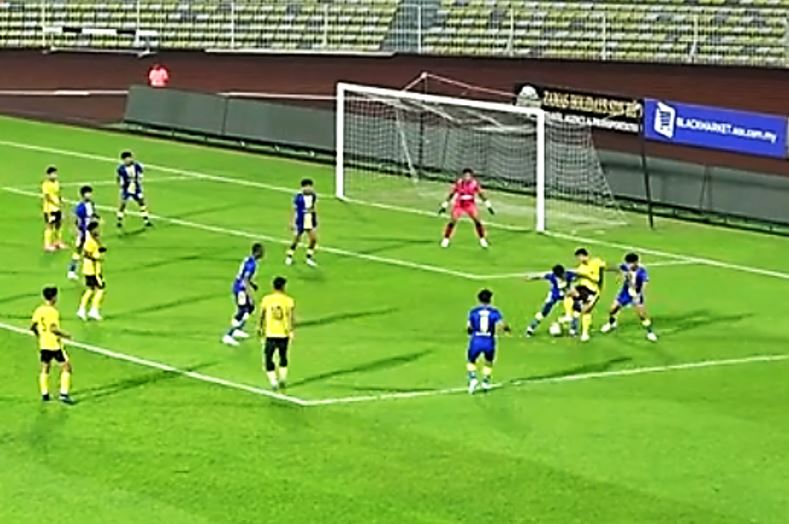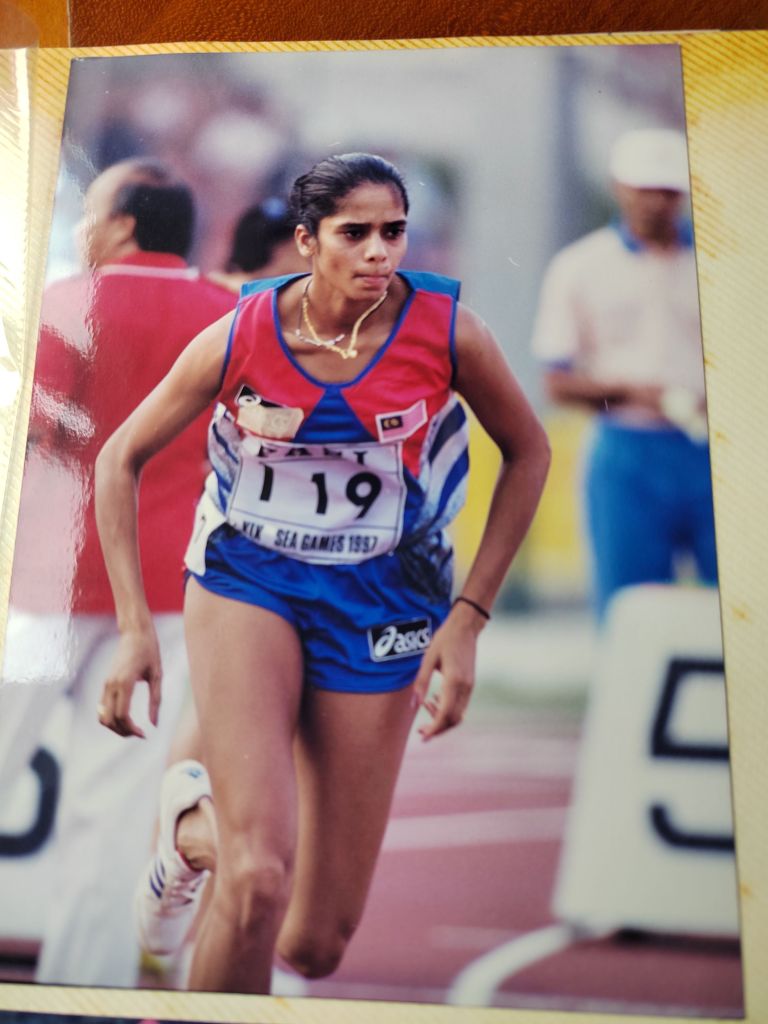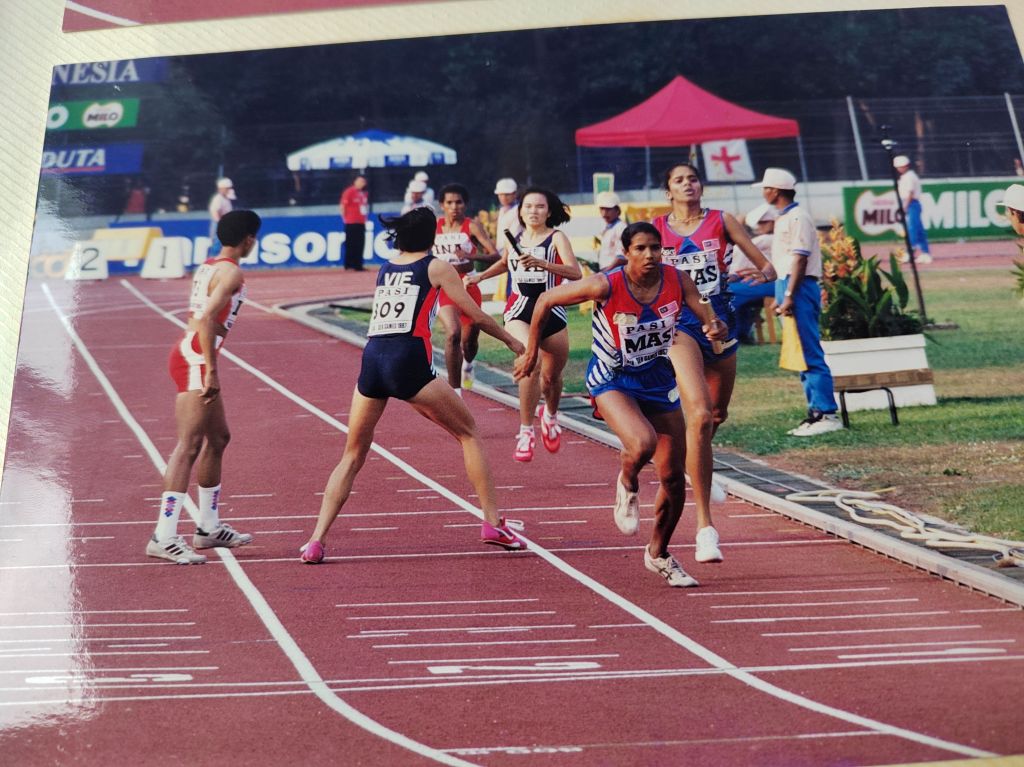Truly Malaysian Identity Dilemma

THE FA Cup final last week at the Sultan Ibrahim Stadium in Johor had an electrifying atmosphere comparable to any big match or final in Europe and kudos to JDT for defending the FA Cup title by defeating Kuala Lumpur City FC.
Of course questions were asked why the final was not played at a neutral ground, but I suppose it was a decision taken by the Malaysian Football League (MFL) in consultation with all parties concerned and probably for the image of the FA Cup which no other venue could have given the same atmosphere and commercial value.
I have covered several FA Cup finals before and the atmosphere at Johor (although I only watched on television) was something else.
However, one sore point which hit me watching the final was the number foreign and naturalised players on the field and left me wondering if it was a Malaysian FA Cup final.
This season’s modified ruling for foreign players in the M-League certainly gave more room for the foreign players presence. Each team in the Super League could register 9 foreign players, but only 5 import players can be fielded at any one time.
The 5 import players must consist of 3 foreign players, 1 Asian player, and 1 ASEAN player. Only 1 import player can be on the bench.
The influx of naturalised players further added to the number players who were not born or bred in Malaysia but were among the first XI.
At the start of the season 110 foreign players were registered to play in the League.
My question is what happens to the local players? Where are they going to get the playing time, be spotted for the national team or fill key positions in the national team, when most of these positions are played by ‘foreigners’.
That some local national players were on the bench certainly does not augur well for the development of the game in our country.
Yes today football is border-less, and players originated from different countries play for their ‘adopted country’ and it is a trend.
Heritage players who reside overseas but either their mother, father or grandparents are from the country their represent, is becoming a norm.
Even our national team is littered with players who were not born in Malaysia and look like a ‘foreign team.’
Clubs especially who have the means and in the case of Malaysia, JDT, fill their team with the best players in the country and utilise the full quota of ‘foreign’ players to be able to compete at Asian level club competition and have done well too.
But the bigger question is whether ‘border-less football’ is for football developing nations.
I can understand countries who have reached high rankings in the world as a nation or club, moving on to the next level, to recruit reputable foreign players for entertainment and marketing value and commercial returns.
But developing nations who should be concentrating on putting their development system starting from then schools right, but spend a bulk of their money on foreign players and get minimum return, should rethink their philosophy.
JDT is probably an exception where they have their development programme in place with ultra modern facilities and top coaching system. But how many states or clubs in Malaysia have that in place.
More than 700 foreign players from 90 countries have graced stadiums nationwide since 1989 when semi-professional football was introduced.
They include players from minnows in world football such as Afghanistan, Mauritania, Macedonia, Saint Kitts and Nevis and Fiji.
Honestly, has it changed the landscape of Malaysian football to be ranked below 100 in the FIFA World Ranking?
From 2014 to this year, 29 players have been naturalised and several are above 30-years-old.
FAM’s naturalisation programme has been a hot debate in Malaysian football, since Gambian-born Mohamadou Sumareh the first naturalised player to play for the national team in 2018.
The programme was put on hold in August 2021 after Malaysia’s second round exit at the 2022 World Cup qualifiers.
Since then, Sri Pahang FC midfielder 35-year-old Lee Tuck was granted Malaysian citizenship on Aug 31 last year. The UK-born Tuck, who has been plying his trade in Malaysia since 2017, previously played for Negeri Sembilan and Terengganu FC.
However, Tuck’s naturalisation was due to Sri Pahang’s FC effort, and not FAM.
Recently when news surfaced that KL City were making efforts to make their Colombian striker Romel Morales a naturalised player, FAM secretary-general Noor Azman Rahman said that FAM had never issued a letter of support since the naturalisation process is now managed by the Malaysian League teams and not by the country’s football governing body.
He had said in June that FAM no longer are involved in naturalising players and the last time they did was to naturalise Brazilian-born player Guilherme de Paula and Liridon Krasniqi from Kosovo.
He added that after that, FAM left everything to the clubs or the states to do the naturalisation process.
Apart from de Paula and Liridon, the Harimau Malaya (national squad) currently have several other naturalised players namely Mohamadou Sumareh, Endrick Dos Santos, Sergio Aguero, Lee Tuck and Paulo Josue.
Has the flow of foreign players done more good than harm for Malaysian football?
Efforts to boost fan turnout with the presence of foreigners in the M-League has had limited success.
Malaysia has become a dumping ground for aging and half-baked players and is cruelly referred to by many as a “retirement home”.
Some of the players, who earned high salaries, were affected by social problems, as football suffered and agents continued to make good money.
When FAM first decided to go with the naturalised programme, they outlined that the criterion for the intake would be based on:
- Short term – involving players of mixed parentage whether they (the players), their parents or grandparents were born in Malaysia (heritage player – one who has ancestral connections to the country he wishes to play for).
- Medium term – involving foreign players aged 18 and above who have played in the MFL for one or two seasons and are convinced to stay for a minimum of five seasons.

The policies pertaining to foreign players have changed numerous times since the inception of the M-League.
In 2009, FAM made a bold move to ban foreigners from playing in the league until 2011. They were allowed back the next season.
It used to be two foreigners per team then.
When FAM decided to ban foreigners, then deputy president Khairy Jamaluddin said the national body’s 16 affiliates had unanimously agreed that the move would raise the standard of football.
The first ban was in 1999 during the Asian financial crisis. It was revoked three years later. Khairy, then felt some import players neither had quality nor helped improve the standard of the league.
Among those highly critical of the naturalised players include Football Coaches Association of Malaysia president, the late B Sathianathan, who passed away last week, and former national defender Datuk Santokh Singh.
Sathianathan had said: “The move to encourage naturalised players to make the national team will demotivate local players.”
While FAM is taking a cautious stand on the matter, state teams and clubs are gleefully hiring foreign players.
Now the question to be asked is, has the influx of foreign players done more harm than good for Malaysian football.
While there will be two schools of thought on this matter, passionate Malaysian football fans, players and officials will agree that it has done more harm.
The chances of talented youngsters giving up football are high. Young boys waiting to be discovered in remote places will be disappointed. Instead of combing the length and breadth of Malaysia for raw talent, it is sad that we have to resort to foreigners.
Raw talent does not bring instant results, but isn’t it better to have a long-term plan than to opt for shortcuts?
One wonders if all the money spent on foreigners over the years could have been better spent in the development of Malaysian football.
Or we rather bask in glory with a ‘foreign team’ just like the Philippines women football team when this week, despite being minnows stunned co-hosts New Zealand in the Women’s World Cup Group A match when they won by a solitary goal scored by Sarina Bolden.
The team had one local born and grew in Philippines midfielder – Castaneda Sara Eggesvik) in the first XI and another in the reserve list – goalkeeper Palacios while the rest were heritage players based in US or Europe.
So which path do we take? Do we want to see a truly Malaysian team or a team team which resembles foreigners and names which don’t reflect the multi-racial Malaysian society we are all so proud of living harmoniously?
Countries from where players have graced our soil:
Asia – AFC
Afghanistan
Australia, Brunei, China, Cambodia, Guam, Hong Kong, Indonesia, India, Iran, Iraq, Japan
Kyrgyzstan, Lebanon, Maldives, Myanmar, Nepal, Philippines, Palestine, Pakistan,, Singapore, Syria, South Korea, Thailand, Uzbekistan, Turkmenistan and Vietnam.
Africa – CAF
Angola, Burkina Faso, Cameroon, Ivory Coast, Egypt, Gambia, Ghana, Guinea,l Guinea-Bissau, Kenya, Liberia, Mauritania, Morocco, Namibia, Nigeria, South Africa, Senegal, Sierra Leone, Sudan, Togo, Uganda, Zambia and Zimbabwe.
Europe – UEFA
Armenia, Bulgaria, Bosnia and Herzegovina, Czech Republic, Denmark, England, France, Germany, Hungary, Italy, Kosovo, Netherlands, Ireland, Macedonia, Montenegro, Portugal, Russia, Romania, Scotland, Serbia, Slovakia, Slovenia,, Sweden, Spain and Yugoslavia.
North America, Central America & Caribbean – CONCACAF
Grenada, Canada, Jamaica, Netherlands Antilles, Saint Vincent and the Grenadines and Saint Kitts and Nevis.
South America – CONMEBOL
Argentina, Brazil, Chile, Colombia, Paraguay and Uruguay
Oceania – OFC
Fiji and New Zealand.




